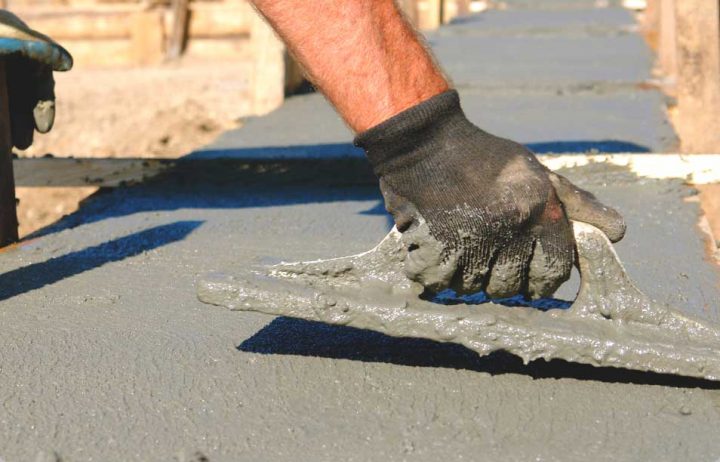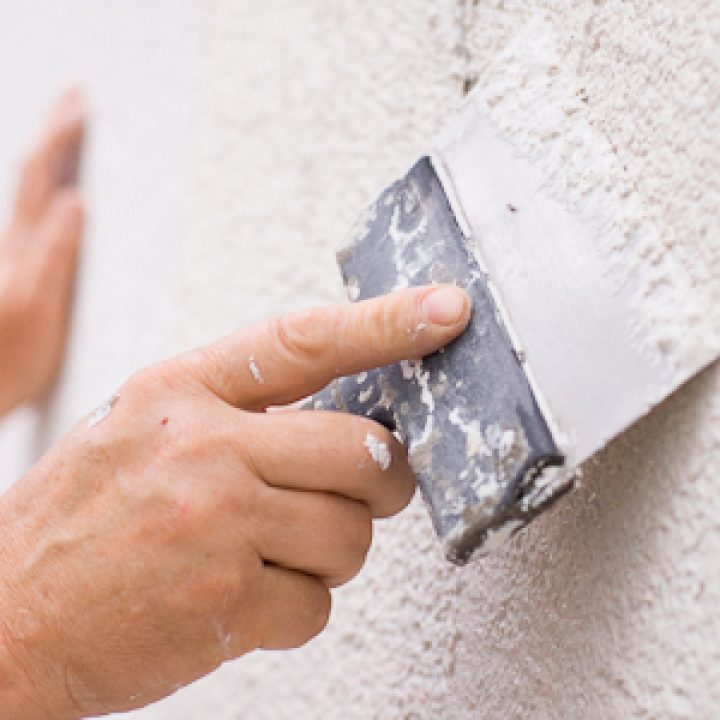Cement is a major constituent of any building. It also forms a high percentage of overall costs. Given its significance, it is important to know the different types of cement available in the market and how to choose between them.
In India, there are three types of cement available in the market; Ordinary Portland Cement (OPC), Portland Pozzolana Cement (PPC) and Portland Slag Cement (PSC). All three of them can be used to construct buildings, big or small. PPC and PSC are also known as blended cements, since fly ash and slag are mixed with cement respectively.
In many regions, it is possible that only one type of cement is widely available. This is because the raw materials required to manufacture each variant are available freely and hence cheaper in particular regions. For example, in the Eastern region, fly ash from steel plants is available in higher quantities. Fly ash is one of the main ingredients in PSC. Hence, PSC is more freely available in the East. In the same way, Southern region has many thermal power plants from where fly ash is easily available for blending with cement in the manufacture of PPC.
PPC and PSC are more environment friendly than OPC, since they use waste material as an input. PPC typically uses fly ash (waste generated by coal based power plants) and PSC uses slag generated in blast furnace of steel plants.
Ordinary Portland Cement (OPC)
As per the Cement Users’ Guide of the Indian Concrete Journal, OPC is a product obtained by intimately mixing together calcareous (limestone, chalk, marl etc.) and argillaceous (clay, shale, etc.) materials, with or without other materials containing silica, alumina or iron oxide, burning them at a high temperature, and grinding the resulting intermediate product, clinker with gypsum. After burning, no material other than gypsum is added. This is the ‘original’ cement, made using the traditional process without blending it with any other modern materials. OPC is suited for all buildings that are not exposed to extreme moisture, salt and chemical attacks.
Typically, OPC is available in two grades in the market, 43 and 53. The grade indicates compressive strength of the cement in N/mm2 at 28 days. Depending on the structural design, any one of them can be used for construction. The words Ordinary Portland Cement is written on all OPC cement bags.
Portland Pozzolana Cement (PPC)
As per the Cement Users’ Guide of the Indian Concrete Journal, PPC is manufactured either by grinding intimately together Portland cement clinker, gypsum and a Pozzolana such as fly ash, or by intimately and uniformly blending Portland cement and fine Pozzolana.
The difference between OPC and PPC is due to the addition of Pozzolana in the latter. The Pozzolana is a siliceous or siliceous and aluminous material. Fly ash sourced from thermal power plants is the most common source of Pozzolana. As per Indian Standards, 15 to 35% by weight of cement can be added as fly ash. In OPC, moisture reacts with calcium hydroxide in concrete. This reduces the strength of concrete. In PPC, moisture reacts with fly ash to form compounds that provide additional strength. PPC manufacturers indicate the following benefits of PPC.
- Better impermeability; higher resistance to water.
- Lower heat of hydration; easier to work with on site.
- Improved resistance to chemicals.
Due to presence of fly ash, PPC is usually darker in colour than OPC. The words Portland Pozzolana Cement is written on all PPC cement bags.
Fly ash is usually cheaper to procure, if the source is near to the cement plant. However, due to its better properties, PPC usually sells at a premium to OPC in the market.
Portland Slag Cement (PSC)
As per the Cement Users’ Guide of the Indian Concrete Journal, PSC is an intimately ground mixture of Portland cement clinker and granulated blast-furnace slag, either inter-ground or ground separately and blended together. Blast furnace slag can be obtained only from integrated steel plants. These plants are concentrated in the Eastern region of the country, with some exceptions.
As per Indian Standards, PSC can contain from 35% to 70% in the form of slag by weight of cement. PSC has the following advantages over OPC.
- Improved workability
- Higher strength
- Better chemical resistance
- Better resistance
Due to presence of slag, PSC is usually lighter in colour than OPC. The words Portland Slag Cement is written on all PSC cement bags. Further, due to its improved properties, PSC is generally priced higher than OPC in the market.
In sum, if PPC is available in the market at a price close or comparable to OPC, it can be preferred over OPC. PPC can also be preferred in case building is exposed to high moisture or chemical attack. PSC is typically available freely in the eastern part of the country, and can be preferred in applications where building is exposed to high moisture, salt (chloride or sulphate) or chemical attack. For example, marine structures, sewage treatment related buildings etc.
Reference
http://icjonline.com/mobi/CementGuide/files/publication.pdf








1 comment